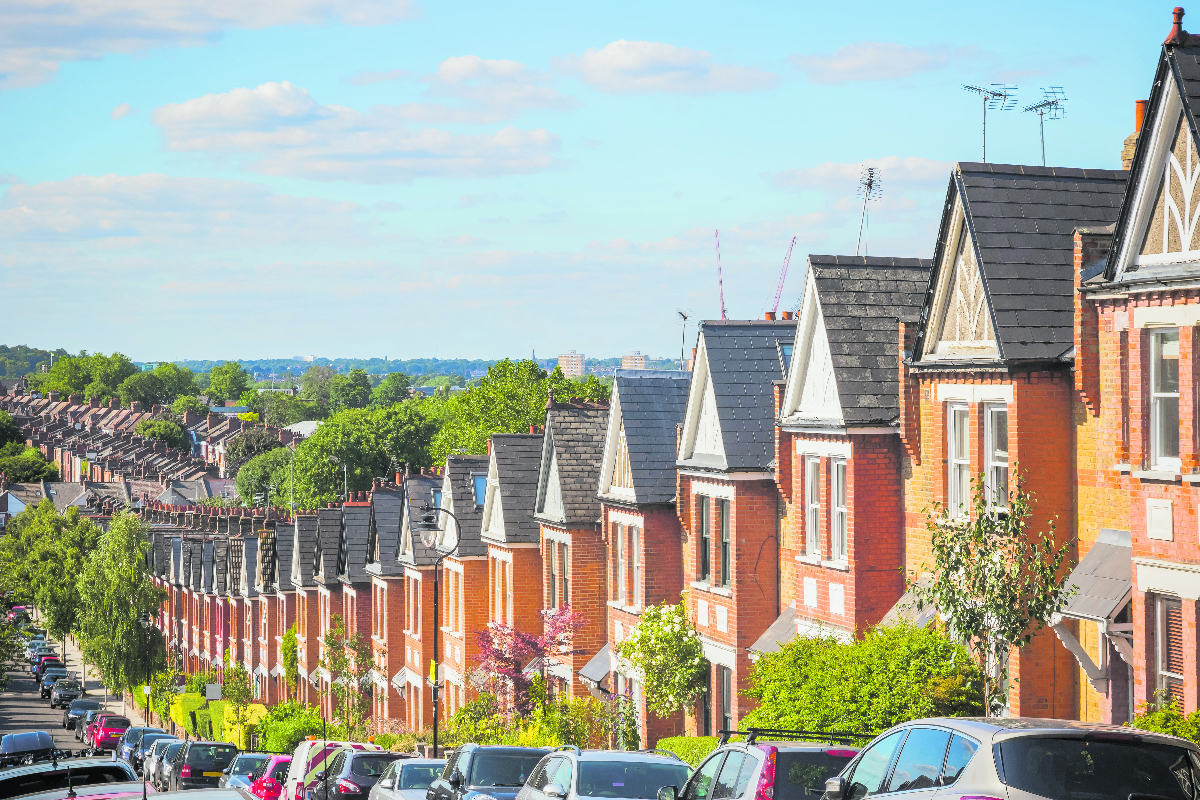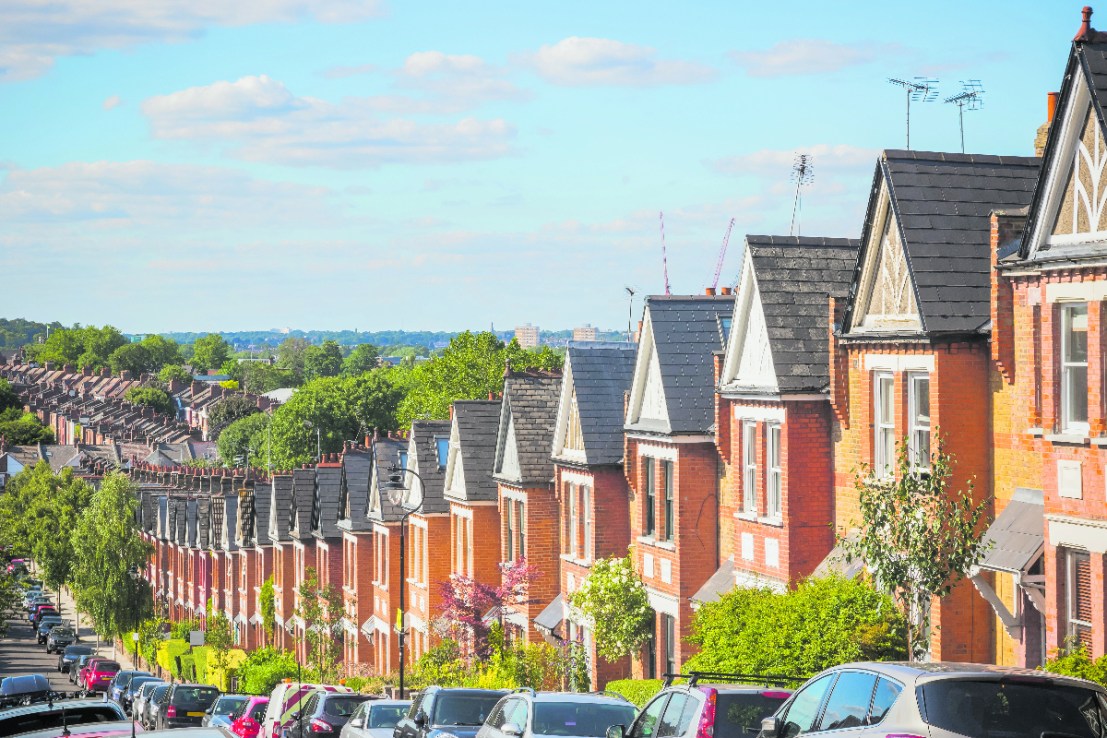‘Too late for rent caps’: East London rents jump 50 per cent since 2019
Rental costs in London have skyrocketed over the past five years, and new data has shown that rental growth in the city’s historically-affordable east has risen the fastest. Prices have risen by around 50 per cent in Shoreditch, Bethnal Green and Haggerston to pass an average of £1,000 per month, according to data from Spareroom. [...]


Rental costs in London have skyrocketed over the past five years, and new data has shown that rental growth in the city’s historically-affordable east has risen the fastest.
Prices have risen by around 50 per cent in Shoreditch, Bethnal Green and Haggerston to pass an average of £1,000 per month, according to data from Spareroom.
Rents in the capital have risen by an average of 32 per cent since 2019.
“We used to see London as having a north-south divide in terms of affordability, but it’s become an east-west divide in recent years, particularly as transport has improved in the south and east of the Capital,” Matt Hutchinson, director at Spareroom, said.
Rent increases in the east were partially driven by the construction of the Elizabeth line, which has made areas like Abbey Wood new commuter hotspots.
“While many people are calling for rent caps in the capital, it feels way too late for that,” he said. “At what point will London simply become unaffordable for young professionals altogether?”
The smallest rental increases were seen in the W10 postcode, which covers Queen’s Park and Kensington and Chelsea.
Could a healthy housing market help?
There is a hope that renewed confidence in the housing market will stem the tide of rent price increases.
There were some mortgage offers being issued in record time in July, while Nationwide’s house price index showed a 0.3 per cent uptick in prices month on month in July.
The annual growth rate rose to 2.1 per cent from 1.5 per cent in June, the fastest pace of growth since December 2022.
“This benefits first-time-buyers especially as they look to leave the private rented sector or family homes.
Greater accessibility to homeownership will reduce pressure on private renting and hopefully mean lower rents across the country in an increasingly challenging environment,” Sam Mitchell, chief executive at Purplebricks said about the price index.
However, renters in London are still under more pressure than anywhere else in the country due to a squeeze in demand, making Labour’s plans to build in the capital an essential part of any solution to the crisis.
Rent caps in the capital
Currently, there are no rent controls on private tenancies in London.
The Labour party has said that rent controls are not party policy, despite the fact that an independent report commissioned by the party recomended their implementation.
A rent cap would restrict price hikes in privately-leased properties but would not help those already struggling.
Supporters of rent caps say they’re the best way to protect tenants from unaffordable prices, while naysayers have called them detractors to investment and stressed that we must build our way out of the crisis.
Mayor Sadiq Khan has promised to deliver 6,000 new rental homes across the capital – although in a city of 3.7m homes, the pledge is unlikely to make a large dent in the rental crisis.



